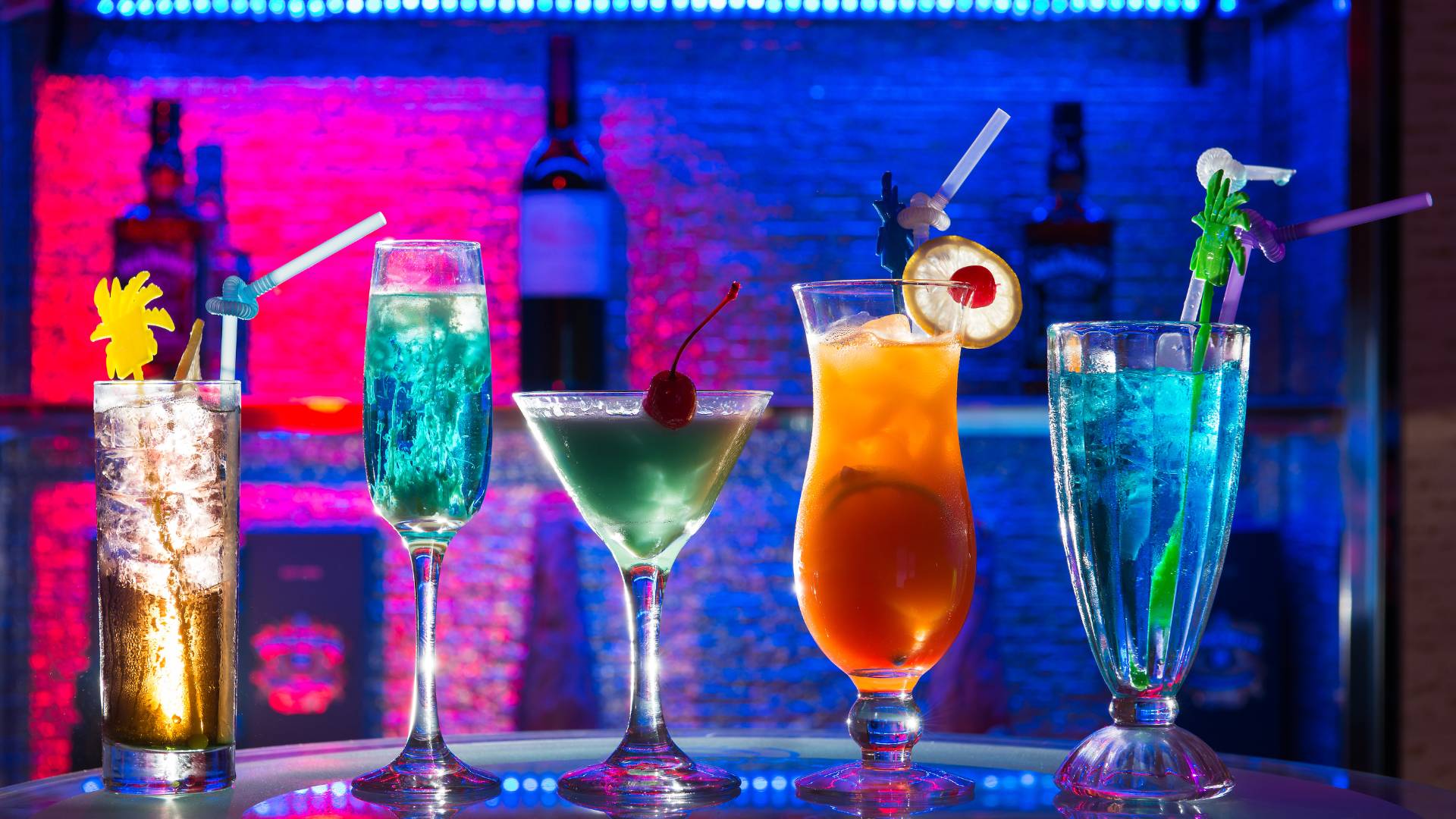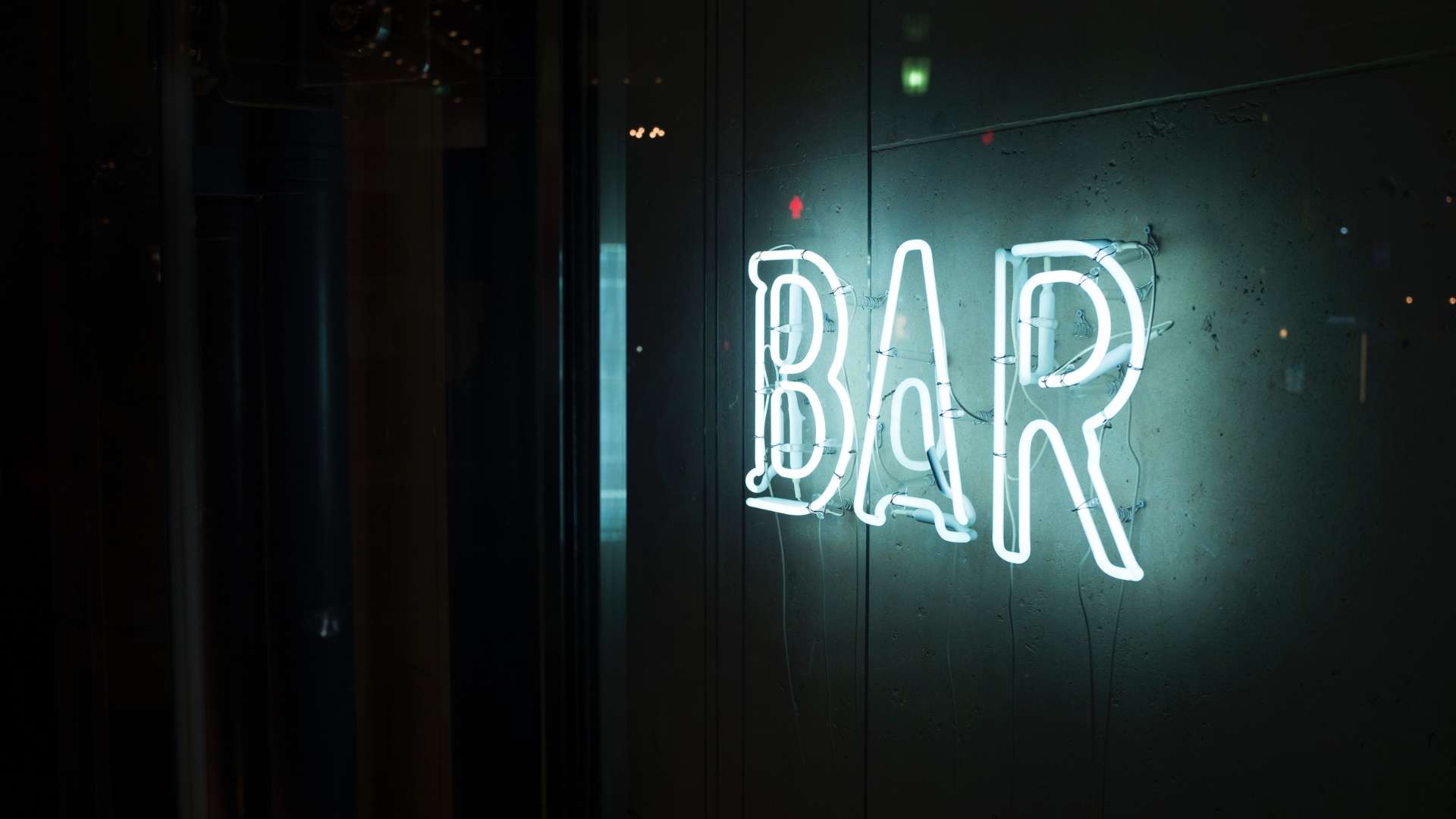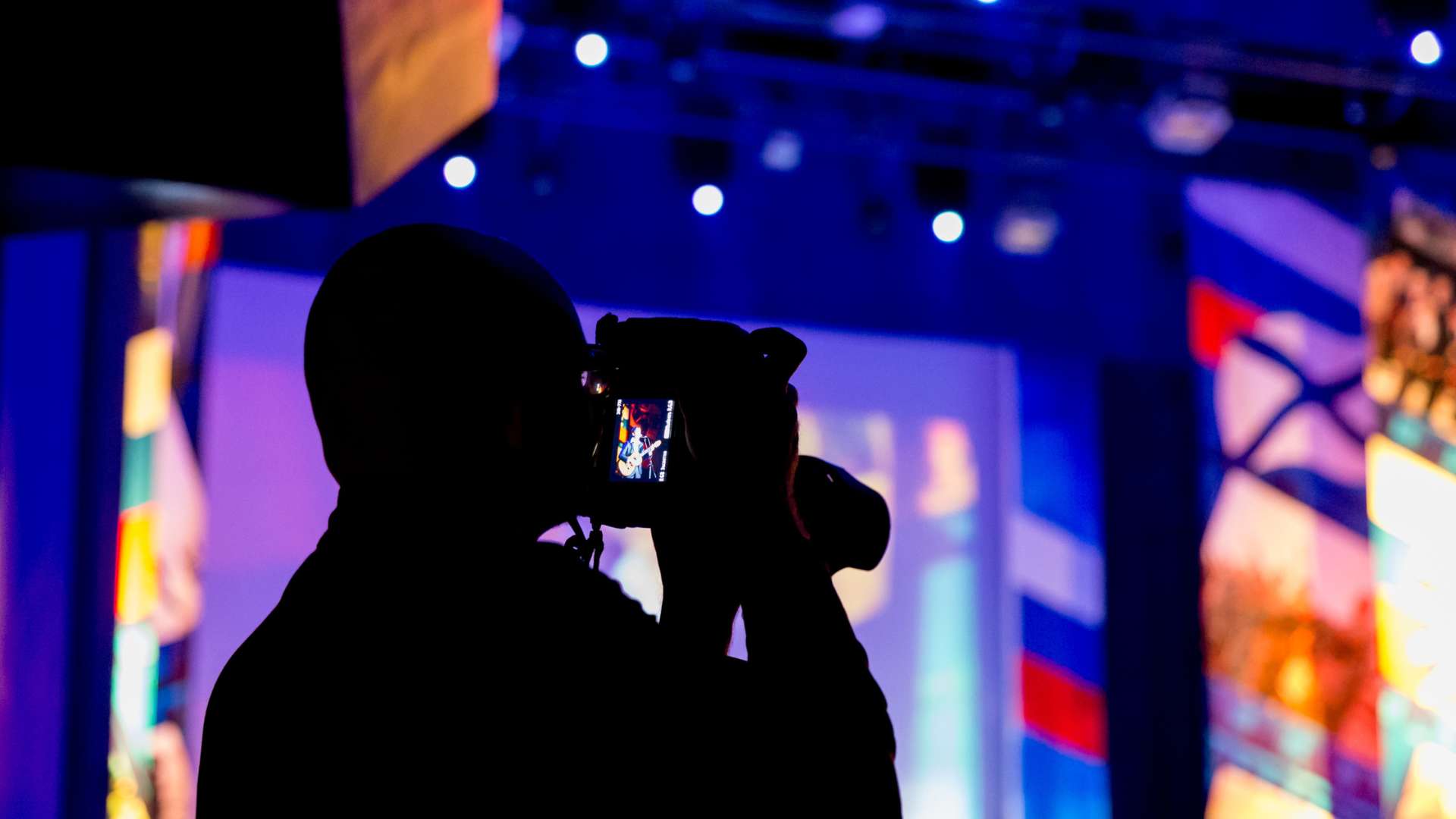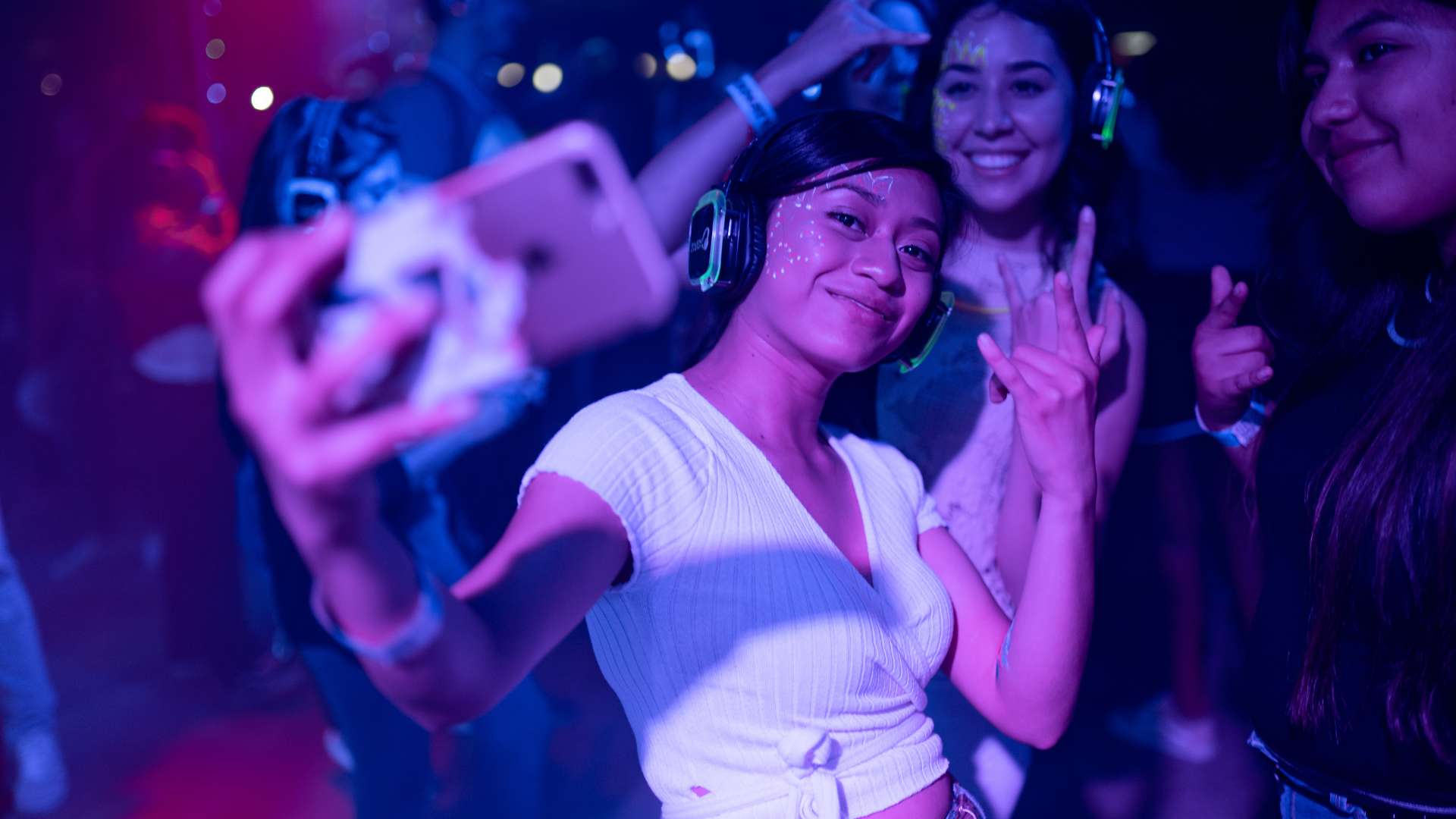Want to turn your bar from ‘open if people show up’ into ‘no reservations, lines out the door’? Stop relying on steep discounts or random promotions. Sustainable growth comes from combining experience design, repeatable processes, and solid data — turning ‘looking good’ into something you can actually sell.

1. Low Foot Traffic & Weak Peak Times — Turn Passersby into Bookers
A lot of owners say “no one walks in,” but the root issue is they’re not memorable to passersby. People get pulled in at night by three things: tasty drinks, fun experiences, and strong visuals. Make one of these a memorable action. Practically, add a nighttime lightbox, a small moving sign, or a pop-up light installation that calls out the night’s theme and a single CTA: “Scan to reserve a seat.” Pair that with a weekly community night (student night, industry night) and partner with a local micro-influencer for a limited-run giveaway (20–30 items) tracked by reservation codes. For your 7-day test, don’t redo the whole bar — activate one hotspot (doorway, bar island, or window photo corner) and test whether a simple “best angle” sign plus a CTA moves people from glance to reservation.
2. Low Average Check — Sell the Visual Experience as a SKU
Low checks don’t mean customers are stingy; it means there’s no clear reason for them to spend more. Turn ‘looks cool’ into a sellable item. Create Standard and Premium SKUs for the same drink: the Premium comes with elevated plating, a brief 5-second light demo, or a bottle placed on a customizable LED bottle display. Train staff to use a sharp, 3–5 second pitch: “This is our on-camera version—great for photos.” Price the Premium 20–35% above the Standard. Log the Premium as a separate POS item and monitor for 30 days. The data will tell you if the visual premium holds, and staff training is the difference between perception and purchase.

3. Low Repeat Visits & Weak Loyalty — Turn One Night into a Memory
Loyalty isn’t just discounts; it’s memory and follow-up. A single memorable night can become a repeat customer if you package it right. Capture the moment: let guests take photos and nudge them to upload with a hashtag and QR code. Within 48 hours, DM participants with their photos and a short, tangible incentive—“Your photo’s live! Bring it back in 7 days for ¥20 off.” Create a 7-day re-engagement window with a member-only offer. Link UGC to your CRM so the experience triggers a follow-up. Goal for month one: increase 7-day repeat rate by +10%.
4. Poor Social-to-Store Conversion — Every Post Needs a Next Step
Pretty content is pointless if it doesn’t drive action. Every post must end with one lightweight CTA: reserve, scan, or claim. Structure content as: visual hook (15s short video) → one-line value → single action. Use unique tracking codes per channel (influencer, IG, WeChat mini-program) to see what brings real footfall. Run two weeks of A/B testing: one with a booking QR and one just aesthetic; double down on the winner. Treat social as a ticket, not a portfolio.
5. Expensive or Unpredictable Event ROI — Set KPIs First, Then Spend
If you can’t measure it, don’t scale it. Before you spend, set three KPIs: average check, premium SKU share, and UGC count. Run a micro-test: one zone, one night. Make a simple profit table (total revenue – props depreciation – cleaning & labor). Aim for ROI ≥ 1.2 before expanding. Reduce event leakage with deposit-based reservations and cross-partnerships to defray costs. Create reusable event modules (same core assets, different creative) to lower cost per activation.
6. Inconsistent Staff Execution — Break Service into Trainable Moves
Great concepts fail if people don’t execute them. Turn complex service into repeatable micro-actions: break the premium-service flow into 5s/15s/60s actions. Example: 5s = opener: “This is our on-camera version.” 15s = demo the lighting effect. 60s = explain return/recycle rules. Create cue cards and run 10-minute pre-shift drills weekly. Record exemplary clips as training assets. Make service scores part of shift reviews so training sticks.

7. Messy Prop Management — Process Is How You Cut Cost
Props are useful until they’re mismanaged. Common issues: scattered storage, high wear rate, charging failures, low return rates. Build a four-step lifecycle: Collect → Inspect → Central Process → Re-stock. Assign specific owners and times (who collects, who charges, who preps for next night). Pilot with 60 sets, use morning/night checklists, record loss and charge-failure rates. Over time, a clear lifecycle lifts usable rates from ~70% to ~95%, cutting depreciation costs.
8. Safety & Compliance Fears — Contracts and SOPs Protect You First
Worried about food-contact materials or sealed batteries? Make safety contractual and procedural. Require material certification, food-contact reports, and battery safety docs from suppliers. Put vendor return-and-replacement terms in writing. In-house, adopt a breakage SOP: immediately retire damaged items, replace the guest’s drink, log batch numbers, and inform supplier. Post clear usage instructions for staff and guests. These steps reduce legal risk and make procurement decisions straightforward.
9. No Real Marketing ROI — Make Experiences a POS Line Item
If you can’t track it, you can’t optimize it. Create a dedicated POS code for the Premium/On-camera product so every sale is logged. Export weekly ROI reports (revenue – depreciation – labor – cleaning). Compare average checks and return rates with/without the Premium SKU. Once the metric is aligned with payroll and inventory, budget decisions get rational instead of emotional.
10. Bland Competition — Build Memorabilia That’s Hard to Copy
When tactics are copied fast, create an asset that’s not easy to clone: brandable memorabilia. Custom logos, serial numbers, event dates, and limited runs make items feel collectible. Design the return bin to be branded and photogenic—turn the recycle act into a new content moment. The more collectible the piece, the higher the share and the lower the impact of imitation.
11. Off-Season Slumps — Treat Quiet Months as Member Fueling Time
Off-season shouldn’t be a gap — make it a growth phase. Launch niche programming (tasting classes, storytelling nights, themed micro-events) to nurture loyalty and test higher price points. Rent the space for private groups or corporate team-bonding to smooth cash flow. Off-season is a cheap lab to trial premium experiences that scale into the busy season.
12. Slow Response to Crises — Fast Response Beats Perfect Apology
A single negative post can spiral. Build a 24-hour response playbook: log the issue → apologize privately → offer remediation → decide on public statement if needed. Operationally: a manager must respond within 2 hours with a corrective offer; make a replacement/refund or meaningful coupon available and log the incident for monthly SOP updates. Transparent speed often repairs reputation better than perfection.
Conclusion — Turn Strategy into Execution: Run a 7-Day Pilot
These 12 problems are not abstract—they can be quantified, assigned, and tracked. Start with one low-cost, high-impact pilot (e.g., Premium SKU + a photo hotspot), run it for seven days, and measure the data. At day seven, do a rapid review; at 30 days, make a decision to scale or iterate. Put every action into three lines: who, when, how to measure. That’s how big problems become a checklist you can execute.
FAQ (Short)
Q: Where’s the easiest place to start?
A: Run a single-zone, single-night A/B pilot with a dedicated POS code and track the results for 7 days.
Q: How much should I mark up the premium experience?
A: Start with 20–35% above the standard drink depending on your audience and adjust based on conversion.
Q: Are prop and disposal costs high?
A: It depends on the prop type. Disposable novelty items work for takeaways; rechargeable displays are better for long-term use and lower per-night cost across repeat events.
Post time: Aug-20-2025








